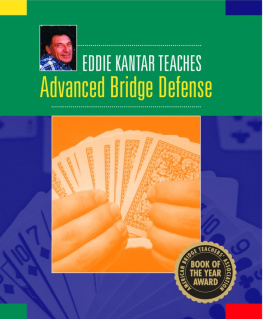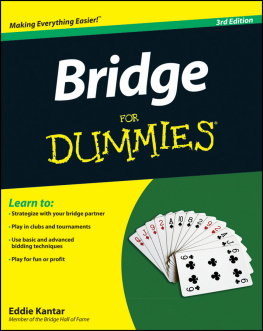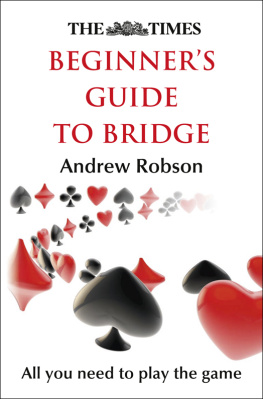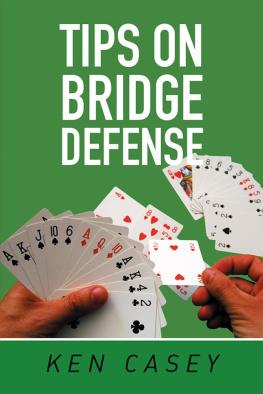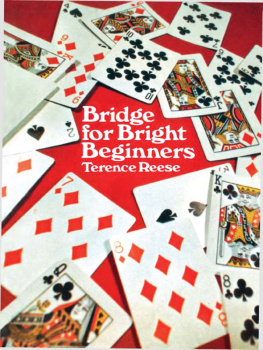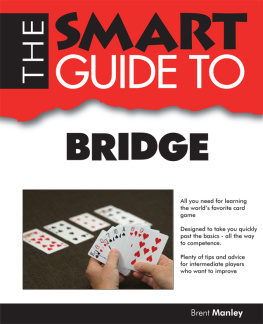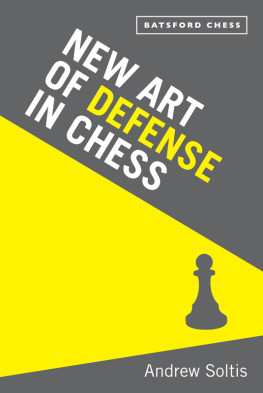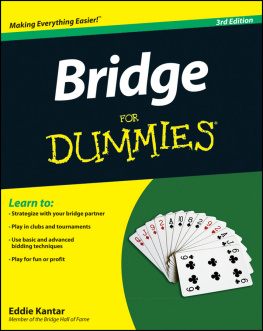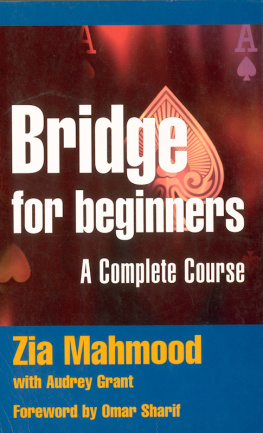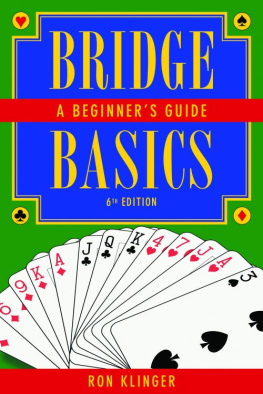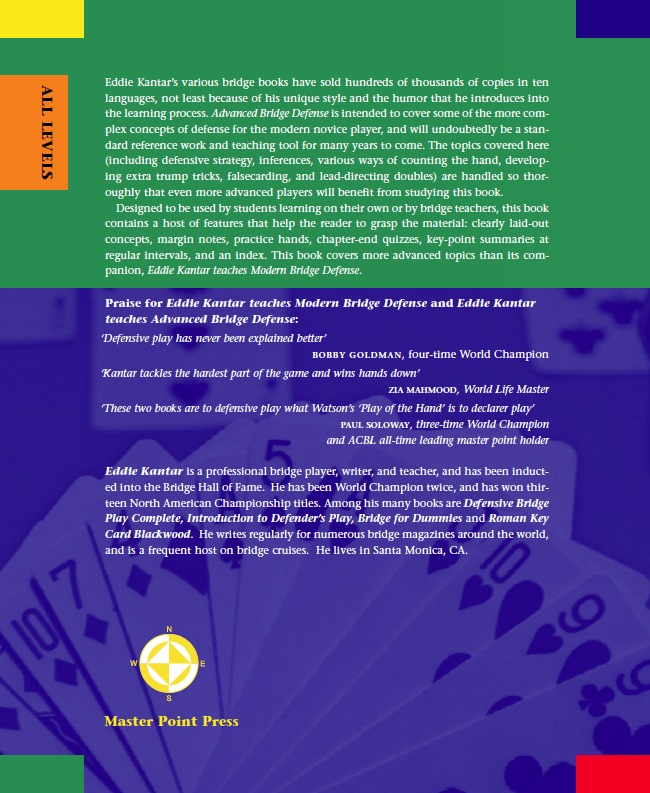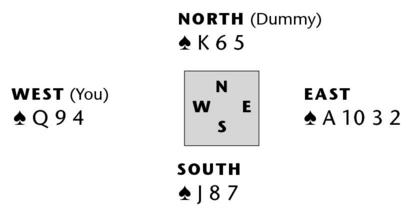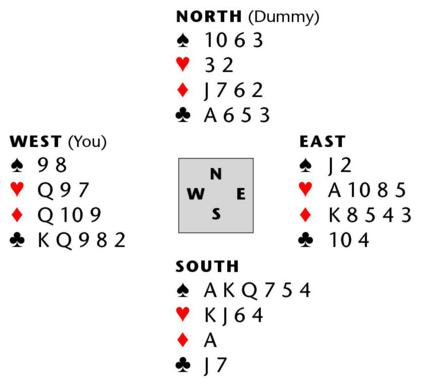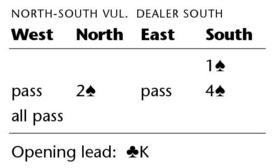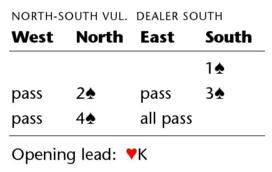Eddie Kantar - Eddie Kantar Teaches Advanced Bridge Defense
Here you can read online Eddie Kantar - Eddie Kantar Teaches Advanced Bridge Defense full text of the book (entire story) in english for free. Download pdf and epub, get meaning, cover and reviews about this ebook. year: 2011, publisher: Master Point Press, genre: Children. Description of the work, (preface) as well as reviews are available. Best literature library LitArk.com created for fans of good reading and offers a wide selection of genres:
Romance novel
Science fiction
Adventure
Detective
Science
History
Home and family
Prose
Art
Politics
Computer
Non-fiction
Religion
Business
Children
Humor
Choose a favorite category and find really read worthwhile books. Enjoy immersion in the world of imagination, feel the emotions of the characters or learn something new for yourself, make an fascinating discovery.
- Book:Eddie Kantar Teaches Advanced Bridge Defense
- Author:
- Publisher:Master Point Press
- Genre:
- Year:2011
- Rating:4 / 5
- Favourites:Add to favourites
- Your mark:
Eddie Kantar Teaches Advanced Bridge Defense: summary, description and annotation
We offer to read an annotation, description, summary or preface (depends on what the author of the book "Eddie Kantar Teaches Advanced Bridge Defense" wrote himself). If you haven't found the necessary information about the book — write in the comments, we will try to find it.
Covers defensive strategies, interferences, ways of counting the hand, extra trump tricks, falsecarding, and lead-directing doubles
Eddie Kantars various bridge books have sold hundreds of thousands of copies in ten languages, not least because of his unique style and the humor that he introduces into the learning process. Advanced Bridge Defense is intended to cover some of the more complex concepts of defense for the modern novice player, and will undoubtedly be a standard reference work and teaching tool for many years to come. The topics covered here (including defensive strategy, inferences, various ways of counting the hand, developing extra trump tricks, falsecarding, and lead-directing doubles) are handled so thoroughly that even more advanced players will benefit from studying this book. Designed to be used by students learning on their own or by bridge teachers, this book contains a host of features that help the reader to grasp the material: clearly laid-out concepts, margin notes, practice hands, chapter-end quizzes, key-point summaries at regular intervals, and an index. This book covers more advanced topics than its companion, Eddie Kantar teaches Modern Bridge Defense. Eddie Kantar is a professional bridge player, writer, and teacher, and has been inducted into the Bridge Hall of Fame. He has been World Champion twice, and has won thirteen North American Championship titles. Among his many books are Defensive Bridge Play Complete, Introduction to Defenders Play, Bridge for Dummies and Roman Key Card Blackwood. He writes regularly for numerous bridge magazines around the world, and is a frequent host on bridge cruises. He lives in Santa Monica, CA.
Eddie Kantar: author's other books
Who wrote Eddie Kantar Teaches Advanced Bridge Defense? Find out the surname, the name of the author of the book and a list of all author's works by series.

